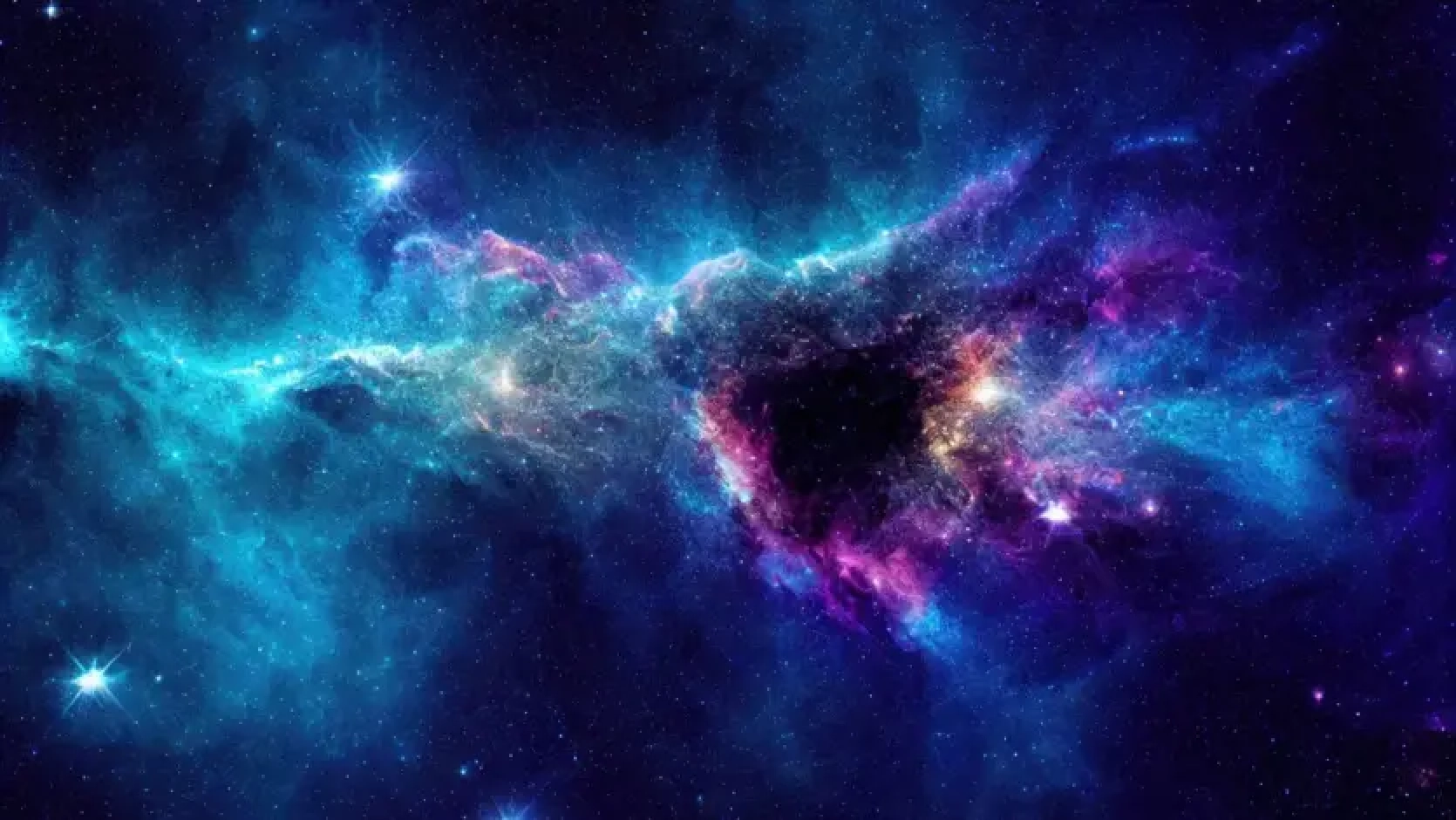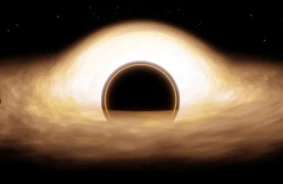The Einstein Probe has discovered a mysterious object that flares in space like a firework and vanishes within seconds.
Scientists from the Chinese Academy of Sciences suggest that this could be a new type of astronomical phenomenon that could enhance our understanding of extreme processes![]() Extreme processes are extremely powerful cosmic events during which temperatures reach millions of degrees, pressure exceeds Earth's by billions of times, and speeds approach the speed of light. These include supernova explosions, matter consumption by black holes, and neutron star collisions. in the universe.
Extreme processes are extremely powerful cosmic events during which temperatures reach millions of degrees, pressure exceeds Earth's by billions of times, and speeds approach the speed of light. These include supernova explosions, matter consumption by black holes, and neutron star collisions. in the universe.
The transient celestial event EP240408a was recorded on April 8, 2024, during a routine sky scan. Over 12 seconds, the brightness of the flare in the X-ray spectrum![]() The X-ray range/spectrum is the part of electromagnetic radiation with very short wavelengths. It is emitted in space by extremely hot objects or those undergoing powerful explosive processes. increased 300-fold, making it one of the most powerful observations in this range. Ten days later, the X-ray emission from this part of the sky completely ceased, leaving astronomers with numerous questions.
The X-ray range/spectrum is the part of electromagnetic radiation with very short wavelengths. It is emitted in space by extremely hot objects or those undergoing powerful explosive processes. increased 300-fold, making it one of the most powerful observations in this range. Ten days later, the X-ray emission from this part of the sky completely ceased, leaving astronomers with numerous questions.
The head of the Einstein Probe mission, Yuan Weimin, notes that such an event might have been missed by other telescopes due to its brevity.
“This discovery suggests that we have only seen the tip of the iceberg in understanding transient cosmic phenomena,” emphasized the scientist.
The Einstein Probe, which was launched into orbit in January 2024, features a unique design. Its main instrument—a wide-field X-ray telescope—is based on the principle of lobster eyes, allowing it to observe a large area of the sky simultaneously and capture clear images in the X-ray range. In its first months of operation, the satellite has detected 60 confirmed cosmic events, including stellar flares, white dwarfs, and black holes.
In addition to the mysterious object, the probe detected a powerful gamma-ray burst![]() A gamma-ray burst is the most powerful type of explosion in the universe, occurring during the death of massive stars (such as during a supernova collapse) or when neutron stars merge. It releases more energy in a few seconds than the Sun emits over its entire lifespan, which spans billions of years. EP240315a, located 25.6 billion light-years away. This observation opens up new avenues for studying the formation processes of black holes in the early universe.
A gamma-ray burst is the most powerful type of explosion in the universe, occurring during the death of massive stars (such as during a supernova collapse) or when neutron stars merge. It releases more energy in a few seconds than the Sun emits over its entire lifespan, which spans billions of years. EP240315a, located 25.6 billion light-years away. This observation opens up new avenues for studying the formation processes of black holes in the early universe.
The head of the astrophysics department at the University of Leicester (UK), Paul O'Brien, regards these discoveries as revolutionary for science.
“The capabilities of the Einstein Probe for searching and observing X-ray sources are already significantly impacting our understanding of the universe,” remarked the astrophysicist.
Source: Interesting Engineering













Comments (0)
There are no comments for now